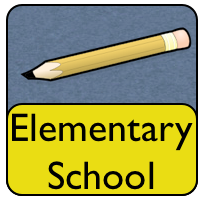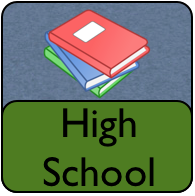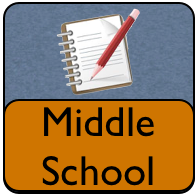In this lesson students will will explore how the life of Alicia Sanchez and her daughter, Eleanor Montour, influenced our 3rd grade community.
Created By: Di Morgan, Alicia Sanchez International

In this lesson students will will explore how the life of Alicia Sanchez and her daughter, Eleanor Montour, influenced our 3rd grade community.
Created By: Di Morgan, Alicia Sanchez International

In this lesson students will learn about What Is Courage? by studying and discussing examples from local Latino history. Examples include Alicia Sanchez and her daughter Elenor Montour, Emma Gomez Martinez, Gilbert Espinoza and Ana Karina Casas. Students will then compare examples in a Socratic Seminar and conclude by interviewing a family member about a […]

In this lesson students will study the following inquiry questions, Who are you? What made you? Research and present three topics of interest from your/the past using La Raza videos and make connections with Boulder County Latino History. Beginning of the school year unit to get to know long term English Language Learner [ELL] students and have them get to know themselves.

In this lesson students will analyze the characteristics of influential people. The lesson begins with a brainstorm list of influential people in history. Students are then asked to analyze primary sources focused on one of two influential leaders in Boulder County (Esther Blazon or John Martinez). Finally, they will think about where they see themselves in history and create a “Time Magazine Most Influential Person of the Year” cover about their future selves. The assessment will be a written analysis of how the local leaders might be considered influential people in history.
Created By: Jessica Adviento-Mackey, Longs Peak Middle School

In this lesson students will look through the lens of different perspectives of Latinos, Anglos, Native Americans, etc. These lessons focus on local Boulder County Latino History and can be integrated with other lessons. Therefore this unit is ongoing throughout the school year. We want students to build empathy and develop cultural sensitivity and awareness for themselves and others in order to build a greater understanding of what took place in this area. Students will describe interactions among people and cultures who have lived and currently live in Colorado. Students will focus on:
Created By: Sharon Trompeter, Emerald Elementary and Jeanette Scotti, Columbine Elementary

This lesson challenges students to view Civil Rights as a continuing process for marginalized groups. In particular, we will focus on Latinos in the Colorado educational system during the Civil Rights movement. When addressing the Civil Rights movement in American History, many students think of the courageous work done by African-Americans and other allied groups in the Southern United States (especially if they have taken a Civil Rights unit). This lesson expands their understanding to include Latinos. Students end the lesson by identifying other groups who may still be struggling with equal access to Civil Rights in American society, as focused on education.
Created By: Michael Codrey, New Vista High School

In this lesson students will use primary sources from the Boulder County Latino History Project and differing news sources on the Baltimore Riots of 2015 to correctly identify connotative and denotative language that implies a biased message. Students will apply their knowledge to creating a news piece that uses both connotative language and denotative language to convey a biased message. This series of lessons covering approximately 7 days is intended to be taught in a quarter-long unit on race and identity. The topic of the Baltimore Riots should be covered or introduced prior to this series of lessons.
Created By: Victoria Racz, Arapahoe High School